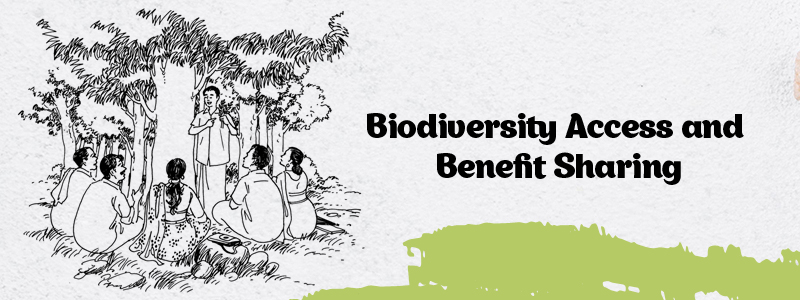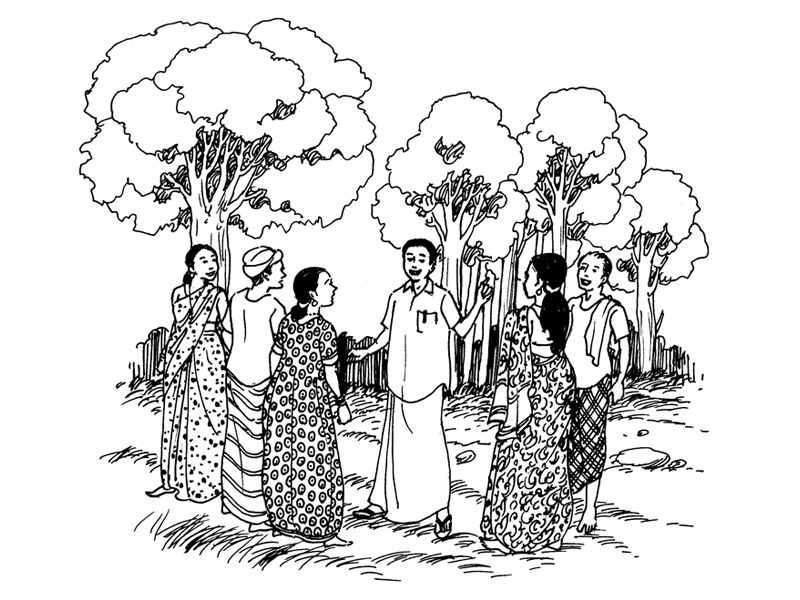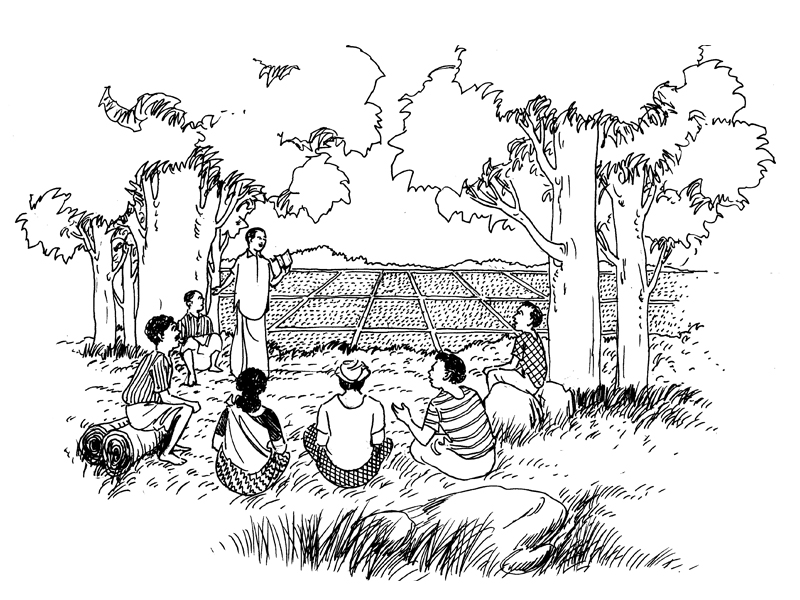
India had laid the cornerstone of Biodiversity Access and Benefit Sharing System with the very first Internationally Recognized Certificate of Compliance – IRCC issued on 1st October, 2015. This was a major step towards making the Nagoya Protocol on Access and Benefit Sharing – ABS operational. As per the Nagoya Protocol under Convention on Biological Diversity – CBD, all parties must recognize the biodiversity access permits with an IRCC as evidence of acquisition in accordance with applicable domestic law and rules. India had taken a giant leap and had left a mark in the history of biodiversity governance (Parameswaran P., 2016).
The recent update is that, until 1st of July 2020, the number of IRCCs issued by India has reached 1006. Among the 198 parties of the CBD, India has topped in issuing the certificate, 66% of the total certificates by 22 parties. India is also leading in bringing various Legislative, Administrative and Policy measures in biodiversity. Out of the 198 parties of CBD, 174 parties have established the National Focal Points for ABS, 117 have formed Competent National Authorities, 67 have brought the Legislative, administrative or policy measures on access and benefit-sharing and 52 have set up National Databases and Websites (ABS Clearing House, CBD). India has an online ABS application filing system and encourages correspondence with the applicants through cost-effective communication tools, such as email and fax (http://absefiling.nic.in/NBA/login/auth). National Biodiversity Authority of India (NBA), the National Focal Points for ABS is also a keeping a database of good practices on biodiversity conservation, sustainable use, biodiversity governance and access and benefit sharing through the successful rounds of the India Biodiversity Awards every year starting from 2012.


Encouraging users and providers to direct benefits arising from the utilization of genetic resources:
Section 27(2) of the Biological Diversity Act, 2002 governs the utilization of the accrued benefits with the benefit claimers for the purposes of conservation of biodiversity. This includes conservation and promotion of biological resources of the areas from where resources are accessed and also for socio-economic development of those areas. As a first example, it is known that, NBA has distributed a portion of the benefit sharing amount obtained from the red sanders (Pterocarpus santalinus) access, to the Andhra Pradesh Forest Department, through the State Biodiversity Board. The Forest Department is using the amount for conservation and sustainable use of red sanders, an endemic species.
For more info: India’s Interim National Report on the implementation of the Nagoya Protocol
Parameswaran Prajeesh
